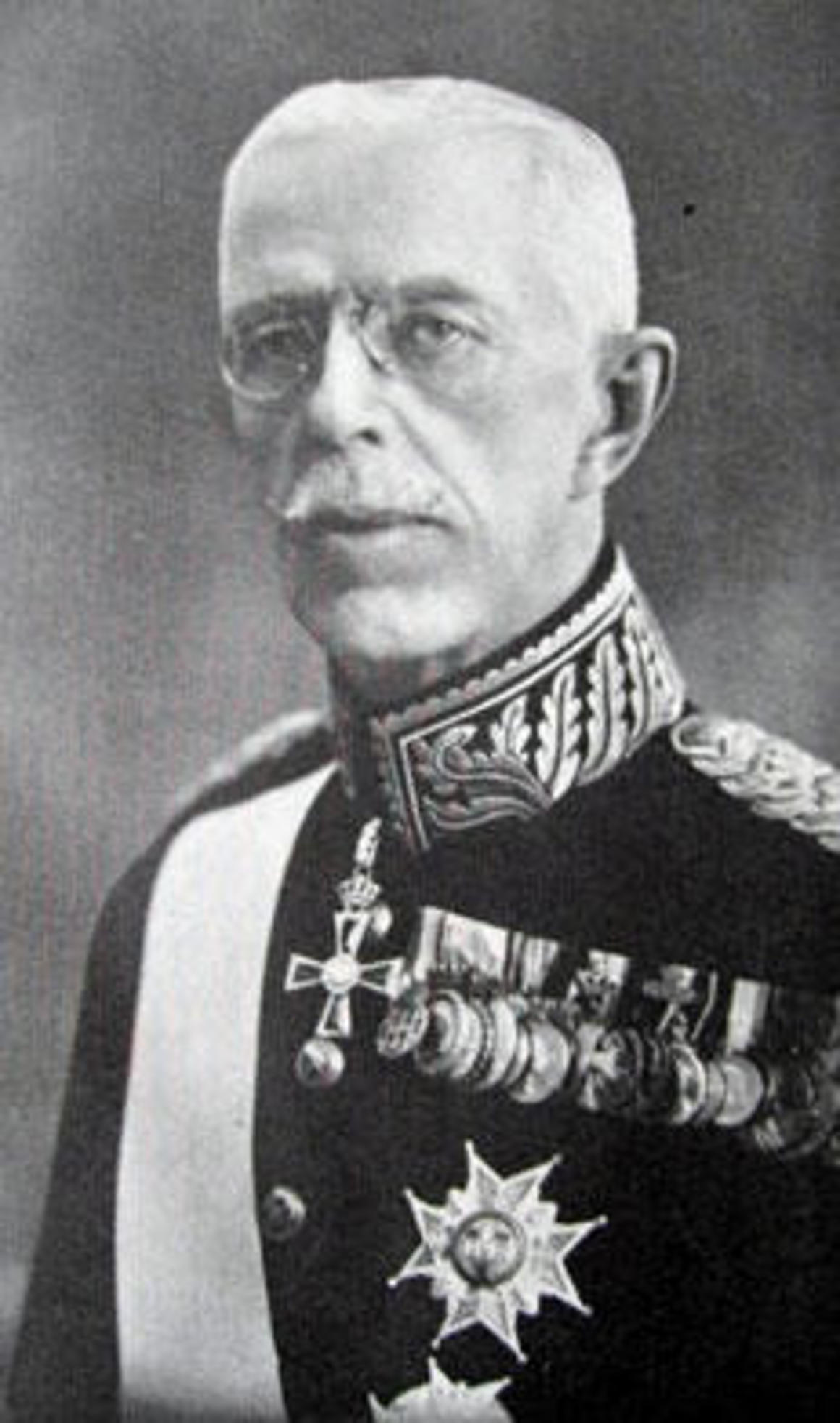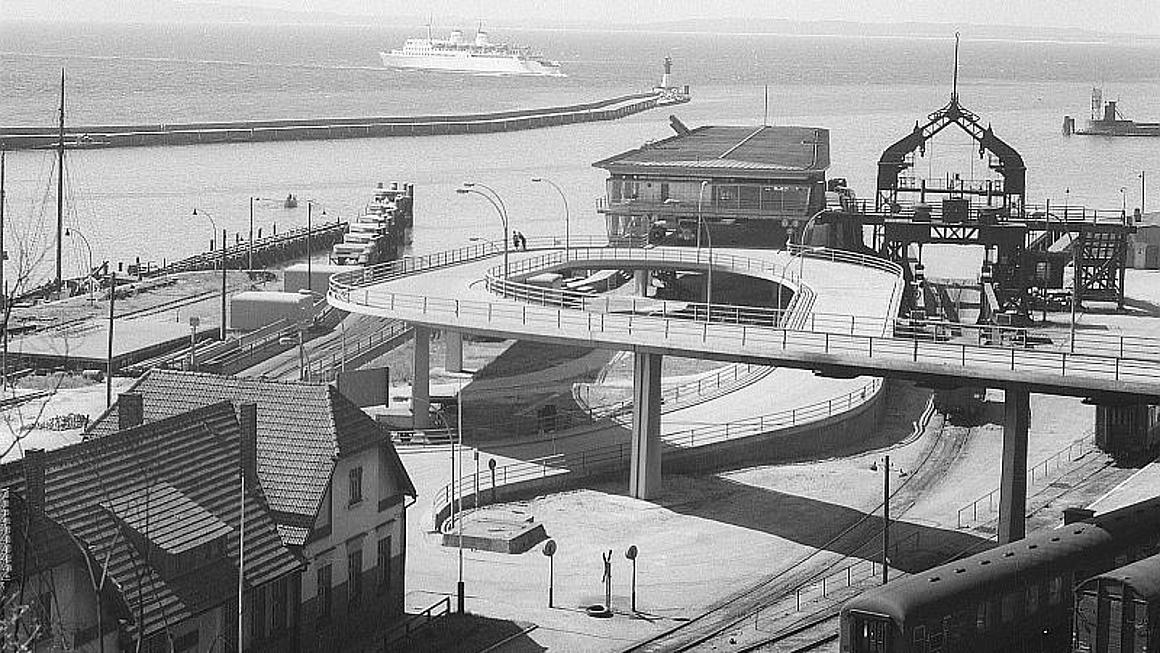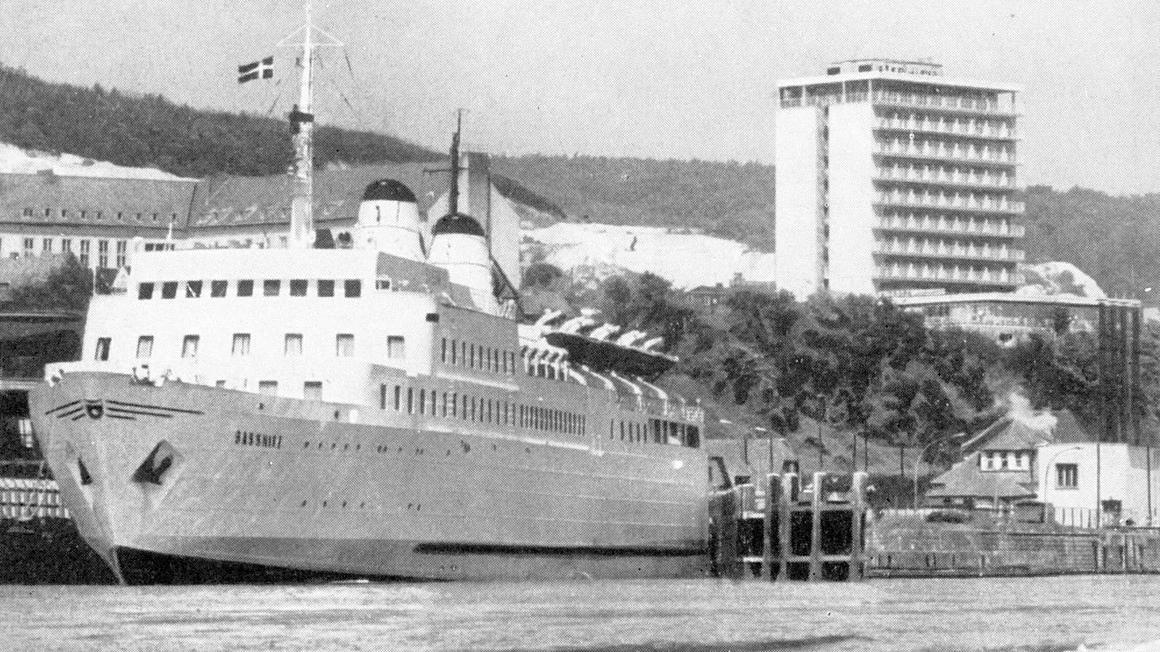History of the "Königslinie"
The historical "Königslinie" (Swedish Kungslinjen) looks back on a long and eventful history.
The historical "Königslinie" (Swedish Kungslinjen) looks back on a long and eventful history.
The beginnings of the traditional "Königslinie" date back to the summer of 1664, when the sea mail service between Stralsund (Rügen) and Ystad was first started.
In the spring of 1897 there was a change of the location. A newly built mail steamer named "Rex" now operated between Sassnitz and Trelleborg. The Sassnitz harbor was chosen because its location was optimal to shorten the travel time to Sweden. This meant that the post could be delivered faster. With a travel time of just under 4 hours, the journey has been halved, as it previously took about 8 hours from the original departure point in Stralsund.
On April 29, guests traveled on this historic line from Sweden to Germany for the first time, before regular operations began in May with initially only one departure per day from each location.
So Why "Königslinie"?
Two years later, the starting signal was finally given and the “Königslinie” was officially opened, although further reconstruction measures were necessary to ensure that the ferry port of Sassnitz at that time met the new requirements. It was not until 1909 that all the technical requirements in Sassnitz and Trelleborg were met.
This festive opening ceremony was attended by the Swedish King Gustav V and the German Emperor Wilhelm II, who gave their name to the "Königslinie".

The first ships used on the line each had two tracks with a maximum length of 165 meters.
Until the construction of the Rügen Dam in 1936, one had to take the ferry from Stralsund to Altefähr on Rügen. The construction reduced the travel time by 1 hour. During the war the ferry service had to be suspended several times before the international connection could be resumed in March 1948. For reasons of secrecy, the Deutsche Reichsbahn had to interrupt traffic again in 1952, which went down in history as the "Sassnitz Blockade".
At that time the rail ferry line was the fastest connection between Germany and Sweden with a travel time of only about 4 hours.
It soon became apparent, however, that demand could not be sufficiently met due to the low number of departures.
It was therefore decided to replace the steamships with a rail ferry service.
In 1907, the German Reich and Sweden agreed to have built one ferry each.

In 1958 the ferry Trelleborg was the first to have four tracks and even cars were transported.
Above all Scandinavians, West Berliners and diplomats travelled by train. Every day, two to four express trains were transported, which were later replaced by feeder trains and continuous course cars.
40 years later, the pier was moved from the city harbour to the new ferry port of Sassnitz in the Mukran district. At the same time, the decline of the railways on the line began, because fewer and fewer people were transported by trains. Since 2014, goods on railway wagons have been shipped primarily on the route between Rostock and Trelleborg.
